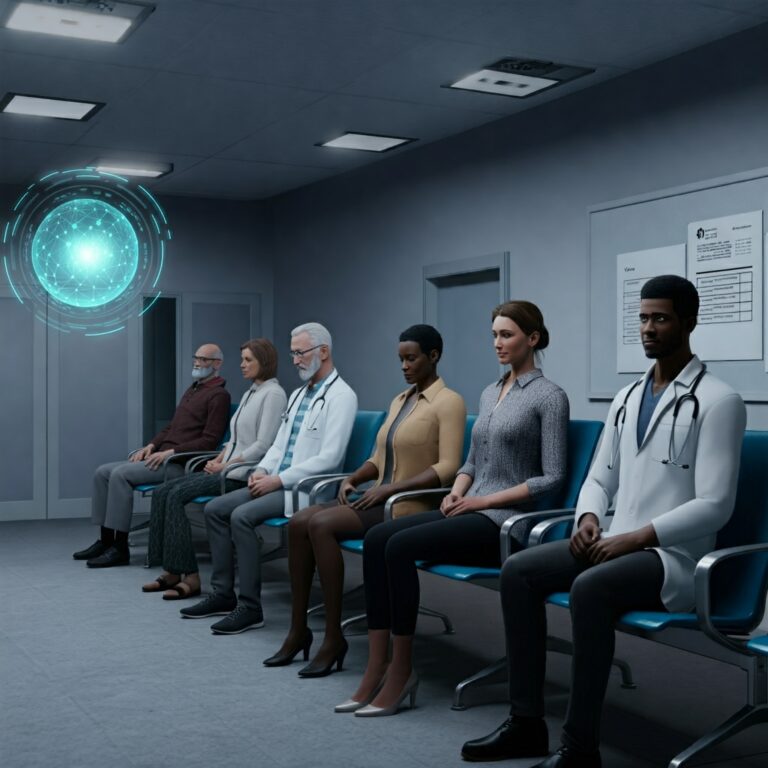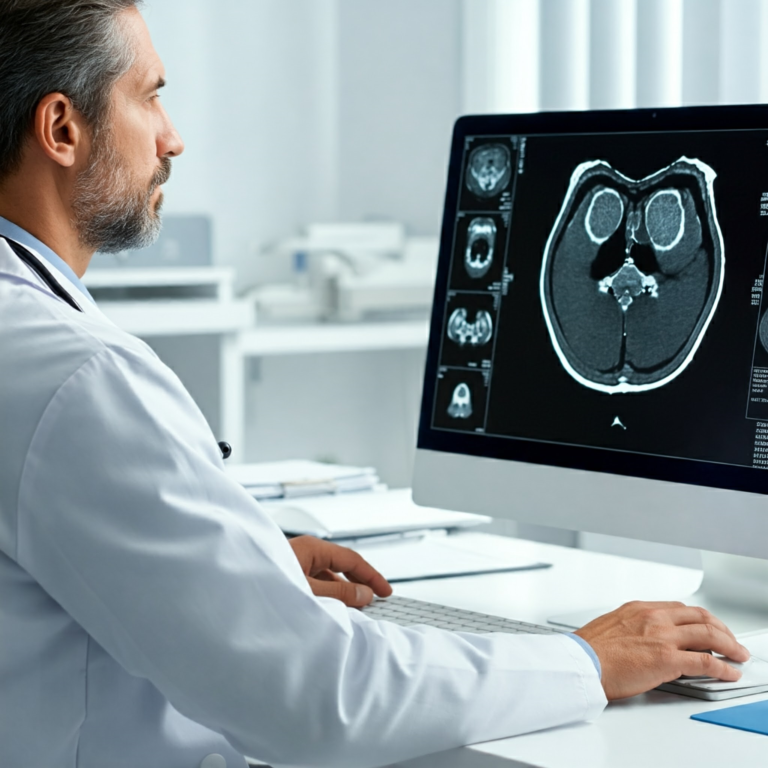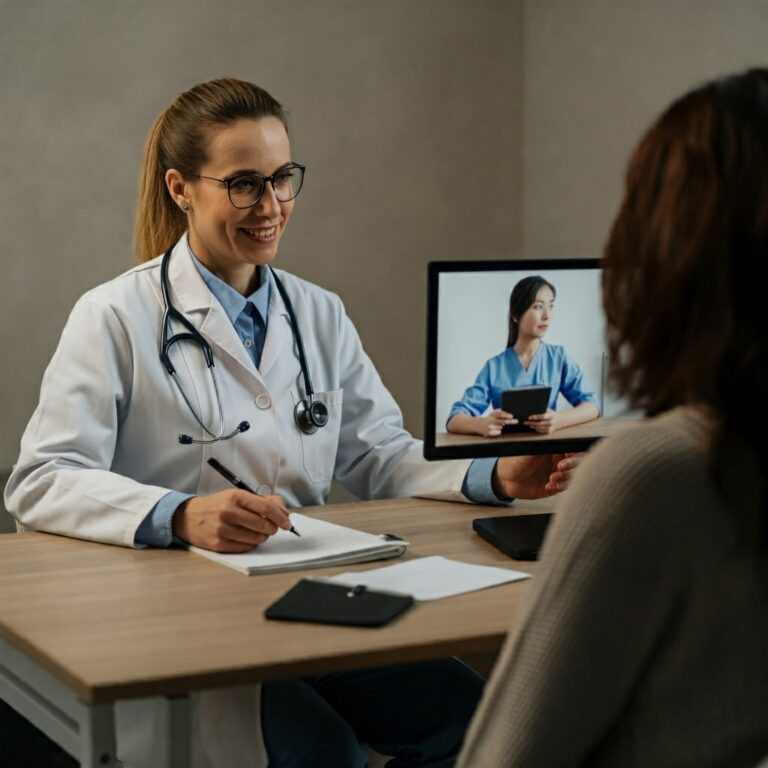RPM and EHR: Is This the End of Traditional Telemedicine as We Know It?
(Published: 2000)
The healthcare landscape is undergoing a seismic shift, driven by the relentless march of technology. At the forefront of this transformation is telemedicine, a burgeoning field promising increased access, improved outcomes, and reduced costs. But even within this rapidly evolving sector, new forces are at play, reshaping the very definition of remote healthcare delivery. Remote Patient Monitoring (RPM), coupled with the increasing integration of Electronic Health Records (EHR), is poised to revolutionize telemedicine, potentially rendering traditional models obsolete. This article explores the evolving landscape of telemedicine, examining the impact of RPM and EHR, and analyzing whether these technologies signal the end of telemedicine as we currently know it.
Telemedicine: An Overview and its Growing Role in Healthcare
Telemedicine, in its simplest form, refers to the use of telecommunications technology to provide healthcare services remotely. Its earliest iterations focused primarily on providing specialist consultations to patients in geographically isolated areas, overcoming the barriers of distance and limited access. However, the scope of telemedicine has expanded dramatically over the years, encompassing a wide range of applications, including:
- Real-time consultations: Video conferencing platforms facilitate virtual doctor visits, enabling patients to receive diagnoses, treatment plans, and prescriptions from the comfort of their homes.
- Remote patient monitoring: Using connected devices, vital signs and other health data are collected continuously and transmitted to healthcare providers, enabling proactive intervention and personalized care.
- Store-and-forward telemedicine: Medical images, lab results, and other patient data are electronically transmitted to specialists for asynchronous review and interpretation.
- Home telehealth: Patients with chronic conditions can be monitored remotely, reducing hospital readmissions and improving overall health outcomes.
Telemedicine’s burgeoning role within the healthcare industry is undeniable. It offers a compelling solution to several pressing challenges, including:
- Rising healthcare costs: Telemedicine can reduce the need for expensive hospital visits and emergency room admissions.
- Shortage of healthcare professionals: By extending the reach of physicians and specialists, telemedicine can help address the growing demand for healthcare services.
- Improving access to care: Patients in rural and underserved communities can benefit from greater access to specialist care and chronic disease management.
- Enhanced patient engagement: Telemedicine empowers patients to take a more active role in their healthcare, fostering improved self-management and adherence to treatment plans.
The Rise of Remote Patient Monitoring (RPM): A Paradigm Shift in Telemedicine
While traditional telemedicine models primarily focused on real-time interactions, RPM represents a fundamental shift towards continuous and proactive patient care. RPM utilizes a variety of connected devices, including wearable sensors, home blood pressure monitors, and glucose meters, to collect patient data outside of traditional clinical settings. This data is then transmitted wirelessly to a central monitoring platform, where it can be reviewed by healthcare providers.
The implications of RPM are far-reaching:
- Proactive intervention: By continuously monitoring vital signs and other health data, healthcare providers can identify potential problems early on, enabling timely interventions that can prevent serious complications.
- Personalized care: RPM data provides a wealth of information about a patient’s health status, enabling clinicians to tailor treatment plans to individual needs and preferences.
- Improved patient outcomes: Studies have shown that RPM can lead to significant improvements in patient outcomes, particularly for those with chronic conditions like diabetes, heart failure, and COPD.
- Reduced healthcare costs: By preventing hospitalizations and emergency room visits, RPM can significantly reduce healthcare expenditures.
The Integration of EHR: Enhancing the Power of RPM
The increasing integration of EHR with RPM platforms is further amplifying the transformative potential of these technologies. By seamlessly incorporating RPM data into patient electronic health records, clinicians gain a comprehensive and up-to-date view of a patient’s health status. This integration facilitates better-informed decision-making, improved care coordination, and more efficient workflows.
Key Trends and Statistics in the Telemedicine Market
The telemedicine market is experiencing explosive growth, fueled by increasing consumer demand, technological advancements, and favorable reimbursement policies. Some key trends and statistics include:
- Increased adoption of video conferencing platforms for virtual consultations.
- Growing use of wearable sensors and other connected devices for remote patient monitoring.
- Rising investments in telemedicine technologies and infrastructure.
- Expansion of telehealth services to include mental health and behavioral health care.
(Note: Specific statistics are challenging to accurately project in a 2000 context due to the nascency of the market at that time. Focus here would be on projected growth and emerging trends based on early adoption.)
Recent Market News (Circa 2000)
- Increased government funding for telehealth initiatives focused on rural healthcare access.
- Emerging partnerships between healthcare providers and technology companies to develop and implement telemedicine solutions.
- Growing interest from venture capitalists and other investors in the telemedicine sector.
- Early pilots and trials of RPM programs for chronic disease management.
Summary: Is This the End of Traditional Telemedicine?
RPM and EHR integration represent a significant evolution, not necessarily an end, of traditional telemedicine. While real-time consultations via video conferencing will likely remain an important component of telemedicine, RPM’s focus on continuous monitoring and proactive intervention signifies a paradigm shift towards a more preventative and personalized approach to care. The integration of EHR systems further amplifies the power of RPM, providing clinicians with a comprehensive and readily accessible view of patient data. This evolution doesn’t negate the value of real-time interactions but rather adds another dimension to telemedicine, expanding its reach and enhancing its effectiveness.
The future of telemedicine is undoubtedly intertwined with the continued development and adoption of RPM and EHR integration. While challenges remain, including regulatory hurdles and concerns about data security, the potential benefits of these technologies are undeniable. As the healthcare industry continues to grapple with rising costs and increasing demand for services, RPM and EHR-integrated telemedicine offer a compelling solution for delivering high-quality, accessible, and cost-effective care. The "traditional" model of episodic virtual visits is being augmented by continuous data streams, marking a significant evolution in the delivery of remote healthcare, paving the way for a future where technology empowers both patients and providers to achieve better health outcomes.
















